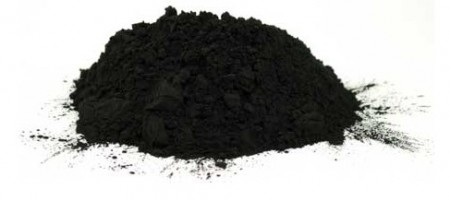Aug
29
Clean and Free Hydrogen From Charcoal and Laser Light
August 29, 2013 | Leave a Comment
For many, this would be quite a breakthrough. Using a gas component analysis and a repeated irradiation experiment, it was found that the carbon powder was oxidized and acted as a sacrificial reagent in the photochemical hydrogen generation. That would yield a carbon oxide of some kind. The accessible reporting isn’t saying if the oxidized carbon is carbon monoxide or carbon dioxide or another form. For some, this news will not be so good as the “devil carbon” is still involved.
There are however great pluses to the results. The traditional approaches to breaking down water consisting of freed hydrogen and oxygen involve the use of expensive catalysts and electric current passed through the water. The freed gases are almost always mixed and need a separation step. The combined gas, called Brown’s gas is a readily and highly inflammable mixture of hydrogen and oxygen.
Economical production of hydrogen from water could foster a transition from coal, oil and other fossil fuels so scientists have been searching for less expensive catalysts as one of the keys to the much-discussed “hydrogen economy”.
A highly carbonized charcoal, known as Bincho-tan, was found to effectively work for the hydrogen generation. The hydrogen gas was obtained by laser irradiation in the VIS-NIR range and was dependent nonlinearly on the laser power density. While the study abstract and press release are very thin on data, it would seem to be a simple experiment.
Akimoto’s team tested carbon and charcoal powders by adding them to water and beaming a laser in nanosecond pulses at the mixtures. The experiment generated hydrogen at room temperature without the need for costly catalysts or electrodes. Its success provides an alternative, inexpensive method for producing small amounts of hydrogen from water.
Just how small the amounts and the power needed to drive the reaction aren’t reported. Yet it’s quite refreshing to see that alternatives to precious metal catalyzing are out there. It will be interesting to see just how much carbon or charcoal is needed in proportion to release a given amount of hydrogen gas. It may be economic, or not.
Either way, it’s a field well worth more experimentation and innovation.


